This article explores the working principle of lithium batteries by addressing five fundamental questions:
1. What Are Lithium Batteries?
Lithium batteries, commonly referred to as lithium-ion batteries, are advanced rechargeable energy storage systems that utilize lithium ions as the primary carriers of electric charge. These batteries have rapidly become the preferred power source for a wide range of modern electronic devices due to their superior energy efficiency, long service life, lightweight design, and low self-discharge rate.
Compared to traditional battery technologies such as lead-acid or nickel-cadmium (NiCd), lithium batteries provide significantly higher energy density, meaning they can store more energy in a smaller and lighter package. They also require less maintenance and exhibit better performance under repeated charging and discharging cycles.
There are several main types of lithium-based batteries, each tailored to different applications:
- Lithium-ion (Li-ion): The most widely used type, found in laptops, smartphones, power tools, and electric vehicles.
- Lithium iron phosphate (LiFePO₄): Known for its high thermal stability and safety, it is commonly used in solar energy systems, backup power supplies, and electric buses.
- Lithium polymer (Li-Po): Offers flexible form factors and lightweight design, making it ideal for drones, wearable tech, and slim electronic devices.
While each type has its own chemical structure and use case, they all operate based on the same fundamental principles of ion exchange and electrochemical energy storage.
2. What Is the Structure of a Lithium Battery?
To understand how lithium batteries function, it’s essential to examine their internal structure. At the heart of every lithium-ion battery is a single cell composed of four main components: the anode, cathode, electrolyte, and separator.
These components work together to enable the controlled movement of lithium ions, which is the core mechanism behind energy storage and release.
- Anode (Negative Electrode): Typically made from graphite, the anode serves as the host for lithium ions during the charging process. It stores lithium ions within its layered structure and releases them during discharge.
- Cathode (Positive Electrode): Composed of lithium metal oxides such as lithium cobalt oxide (LiCoO₂), lithium iron phosphate (LiFePO₄), or other variations, the cathode accepts lithium ions during discharge and releases them during charging.
- Electrolyte: This is usually a liquid solution containing lithium salts dissolved in organic solvents. It allows lithium ions to flow freely between the anode and cathode while blocking electrons.
- Separator: A thin, porous membrane placed between the anode and cathode. It prevents direct contact—which could lead to short circuits—while still permitting ionic movement.
These components are carefully layered and sealed in a casing. Multiple cells are interconnected in series or parallel to form larger battery modules or packs with desired voltage and capacity.
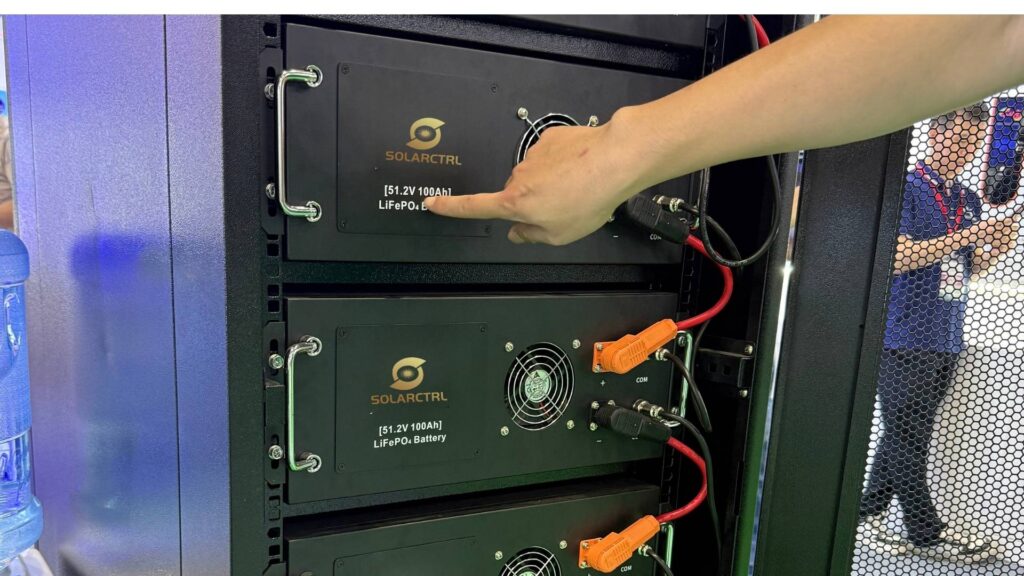
3. How Does a Lithium Battery Charge and Discharge?
The working principle of a lithium battery is based on the movement of lithium ions between the cathode and anode, facilitated by the electrolyte, and the simultaneous flow of electrons through an external circuit. This combined electrochemical process enables the battery to store and release energy as needed.
Discharge (Supplying Power):
When the battery is in use, lithium ions move from the anode (typically made of graphite) to the cathode (made of a lithium metal oxide) through the electrolyte. At the same time, electrons are released from the anode and travel through the external circuit to the cathode.
This electron flow powers electronic devices such as smartphones, laptops, or electric vehicles.
Charge (Storing Energy):
During charging, an external power source applies voltage to the battery. This forces lithium ions to migrate from the cathode back to the anode, where they are stored. Simultaneously, electrons are pushed in the reverse direction through the external circuit to rebalance the charge, completing the charging process.
This bidirectional movement of ions and electrons is reversible and highly efficient, allowing lithium batteries to be recharged hundreds to thousands of times.
The overall energy efficiency and repeatable cycle life make lithium-ion batteries ideal for portable electronics and renewable energy systems.
4. Why Are Lithium Ions Used Instead of Other Elements?
The choice of lithium is not coincidental. Lithium is the lightest metal and has a high electrochemical potential, making it ideal for battery applications.
Key Advantages of Lithium:
- High Energy Density: Lithium atoms can store a lot of energy for their weight, resulting in lighter, more compact batteries. This is especially important for portable electronics and electric vehicles, where space and weight are at a premium. The ability to deliver more power without increasing size makes lithium batteries far more efficient than older technologies.
- Reversible Ion Exchange: Lithium ions can move easily in and out of the electrode materials without significant structural changes, enabling long cycle life. This stability under repeated charging and discharging allows for hundreds or even thousands of use cycles with minimal capacity loss, which is crucial for both consumer and industrial applications.
- High Voltage: A single lithium-ion cell provides around 3.6–3.7 volts, compared to 1.2 V for nickel-based cells and 2 V for lead-acid batteries. This higher voltage reduces the number of cells required in battery packs, simplifying design and reducing overall cost and complexity.
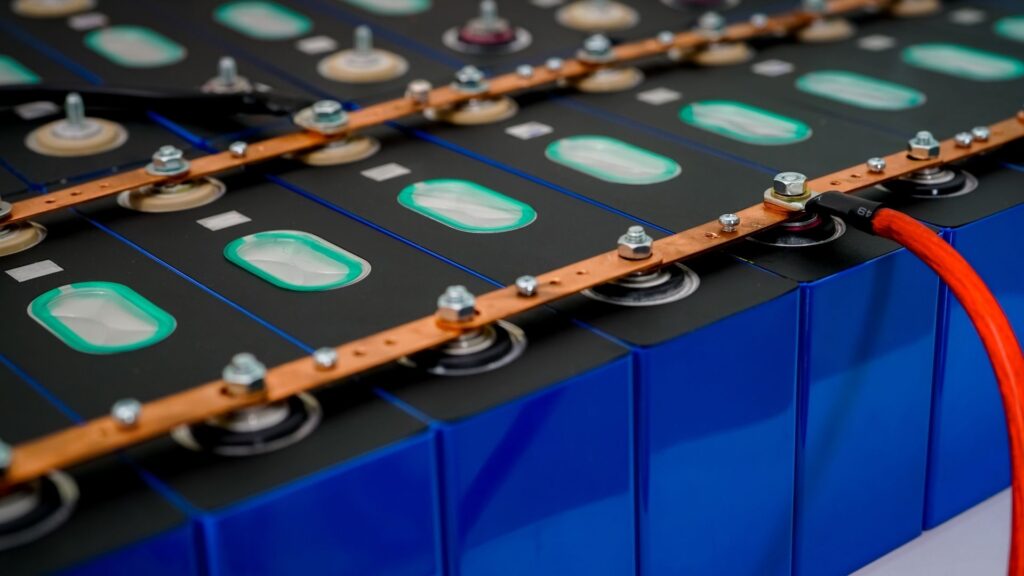
5. What Happens Inside the Battery Over Time?
While lithium batteries are highly efficient, they do experience gradual degradation over time. The following internal processes contribute to battery aging and performance decline, especially after extended use or improper handling.
1) Capacity Fade
Over time, fewer lithium ions are available for cycling due to irreversible chemical reactions, such as the decomposition of electrolyte or the formation of lithium compounds that cannot participate in the charge/discharge cycle.
This leads to a reduction in the total charge the battery can hold. As a result, even fully charged batteries begin to deliver shorter runtimes, which can be especially noticeable in smartphones or electric vehicles after a few years.
2) Resistance Increase
The internal resistance of the battery increases due to wear and tear on the electrodes, degradation of conductive materials, and buildup of solid electrolyte interphase (SEI) layers on the anode surface.
Higher resistance reduces power output, increases voltage drops under load, and generates more heat during operation, which further stresses the battery.
3) Thermal Effects
Excessive heat or poor thermal management accelerates chemical degradation, particularly in high-load applications like electric vehicles or energy storage systems exposed to extreme environments.
In severe cases, it may lead to thermal runaway—a dangerous condition where the battery overheats uncontrollably, potentially resulting in fire or explosion.
Proper charging, storage, and usage practices—such as avoiding overcharging, deep discharging, and high temperatures—can significantly extend the lifespan of lithium batteries.
6. What Are the Safety Mechanisms in Lithium Batteries?
Despite their benefits, lithium batteries require careful design to ensure safety. As energy density increases, so does the potential risk if the battery is damaged, improperly charged, or exposed to extreme conditions. To minimize these risks, modern lithium battery packs include multiple built-in protection features designed to detect and respond to dangerous situations.
- Battery Management System (BMS): Monitors voltage, temperature, and current for each cell. It actively balances cell voltage and prevents common issues such as overcharging, over-discharging, and overheating, which are leading causes of battery failure or fire.
- Thermal Cut-Offs and Fuses: Provide hardware-based circuit interruption in case of short circuits or abnormal current spikes. These are essential for preventing excessive heat buildup during electrical faults.
- Pressure Valves (in cylindrical cells): Release internal gas safely if pressure builds up due to internal chemical reactions or damage, helping to prevent rupture or explosion.
- Flame-retardant Separators: These specialized membranes between the anode and cathode reduce the risk of fire if internal shorts occur.
For LiFePO₄ batteries, excellent thermal stability and non-flammable chemistry make them particularly well-suited for solar energy, backup power, and electric mobility applications.

7. How Do Lithium Batteries Compare with Other Battery Types?
Understanding the differences between lithium batteries and other technologies helps explain their widespread adoption across industries ranging from consumer electronics to electric transportation and renewable energy.
| Feature | Lithium-ion | Lead-acid | Nickel-cadmium |
| Energy Density | High | Low | Medium |
| Weight | Light | Heavy | Medium |
| Cycle Life | 500–3000 cycles | 300–500 cycles | 1000–1500 cycles |
| Maintenance | Low | Regular check | Memory effect |
| Charging Time | Fast | Slow | Moderate |
| Cost | High (but falling) | Low | Medium |
While lead-acid batteries remain popular in stationary, budget-sensitive applications such as backup power systems or forklifts, their low energy density and bulk make them unsuitable for compact or mobile use. Nickel-cadmium batteries offer moderate performance but suffer from memory effect, limiting their efficiency over time. In contrast, lithium-ion batteries provide a superior balance of energy density, weight, lifespan, and charging efficiency, making them the preferred choice in demanding, space-conscious, and performance-critical environments.
8. What Are the Emerging Trends in Lithium Battery Technology?
Research and development in the lithium battery sector continue to push boundaries, aiming to improve energy density, safety, sustainability, and cost-effectiveness.
1) Solid-State Batteries
Replace liquid electrolytes with solid materials, eliminating flammable components found in conventional lithium-ion cells.
Offer significantly improved safety, reduced risk of thermal runaway, and the potential for much higher energy density, which could greatly benefit electric vehicles and aerospace applications.
2) Silicon Anodes
Silicon can store up to ten times more lithium than graphite, greatly increasing energy capacity and potentially extending battery life.
However, silicon expands during charging, which can cause mechanical stress and degradation. Researchers are exploring composite materials and nanostructures to solve these challenges.
3) Battery Recycling
With global demand for lithium and rare metals surging, efficient recycling methods are being developed to extract usable materials from end-of-life batteries.
This helps reduce environmental impact, lower raw material dependency, and support a circular battery economy.
4) Second-Life Applications
Retired EV batteries, though no longer optimal for vehicles, still retain significant capacity.
These batteries are being repurposed for stationary storage in solar systems, grid balancing, and backup power, reducing waste and maximizing resource value.

Conclusion
The working principle of lithium batteries revolves around the movement of lithium ions between electrodes during charge and discharge cycles. Their high energy density, long cycle life, and low maintenance make them the foundation of today’s portable electronics, electric vehicles, and renewable energy solutions. From smartphones to solar grids, understanding how lithium batteries work is essential to appreciating the innovation behind our modern power systems.
At SolarCtrl, we’re committed to bringing cutting-edge lithium battery technology—especially LiFePO₄ solar storage systems—to global partners who demand reliability, safety, and performance.
Contact SolarCtrl today to explore custom solutions, OEM services, and expert technical support for your energy storage needs.
FAQs
1. How long do lithium batteries typically last?
On average, lithium batteries last between 5 to 10 years, depending on usage, charging habits, and operating environment.
2. Can lithium batteries be used in cold or hot climates?
Lithium batteries can operate in a wide temperature range, but extreme cold reduces capacity, and excessive heat can shorten lifespan.
3. What is a Battery Management System (BMS) and why is it important?
A BMS monitors and manages battery health, balancing cell voltage and preventing overcharging, overheating, and short circuits.
4. Can lithium batteries be used off-grid with solar panels?
Yes, especially LiFePO₄ batteries, which are popular for solar energy storage due to their safety and deep-cycle performance.
5. What’s the difference between lithium-ion and lithium metal batteries?
Lithium-ion batteries are rechargeable and widely used; lithium metal batteries are typically non-rechargeable but offer higher energy density.
6. Why do some lithium batteries swell or bulge?
Swelling is usually caused by gas buildup from internal chemical reactions, often due to overcharging, overheating, or physical damage.
7. Can I replace lead-acid batteries with lithium ones in my existing system?
Often yes, but the system may need modifications to charging profiles or voltage settings to match lithium chemistry requirements.
8. How should I store lithium batteries when not in use?
Store in a cool, dry place at 40–60% charge level. Avoid full discharge or full charge during long-term storage.

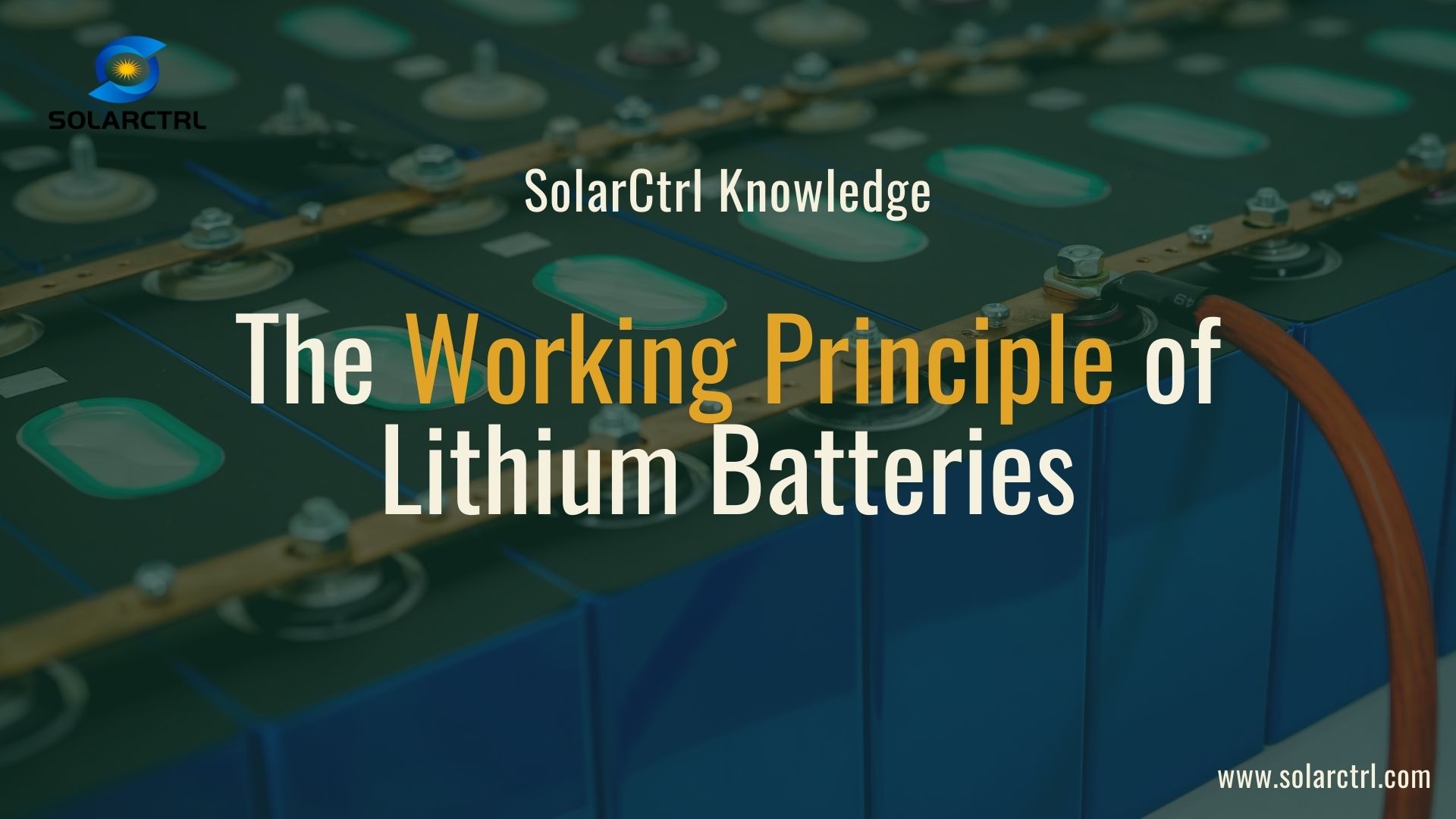


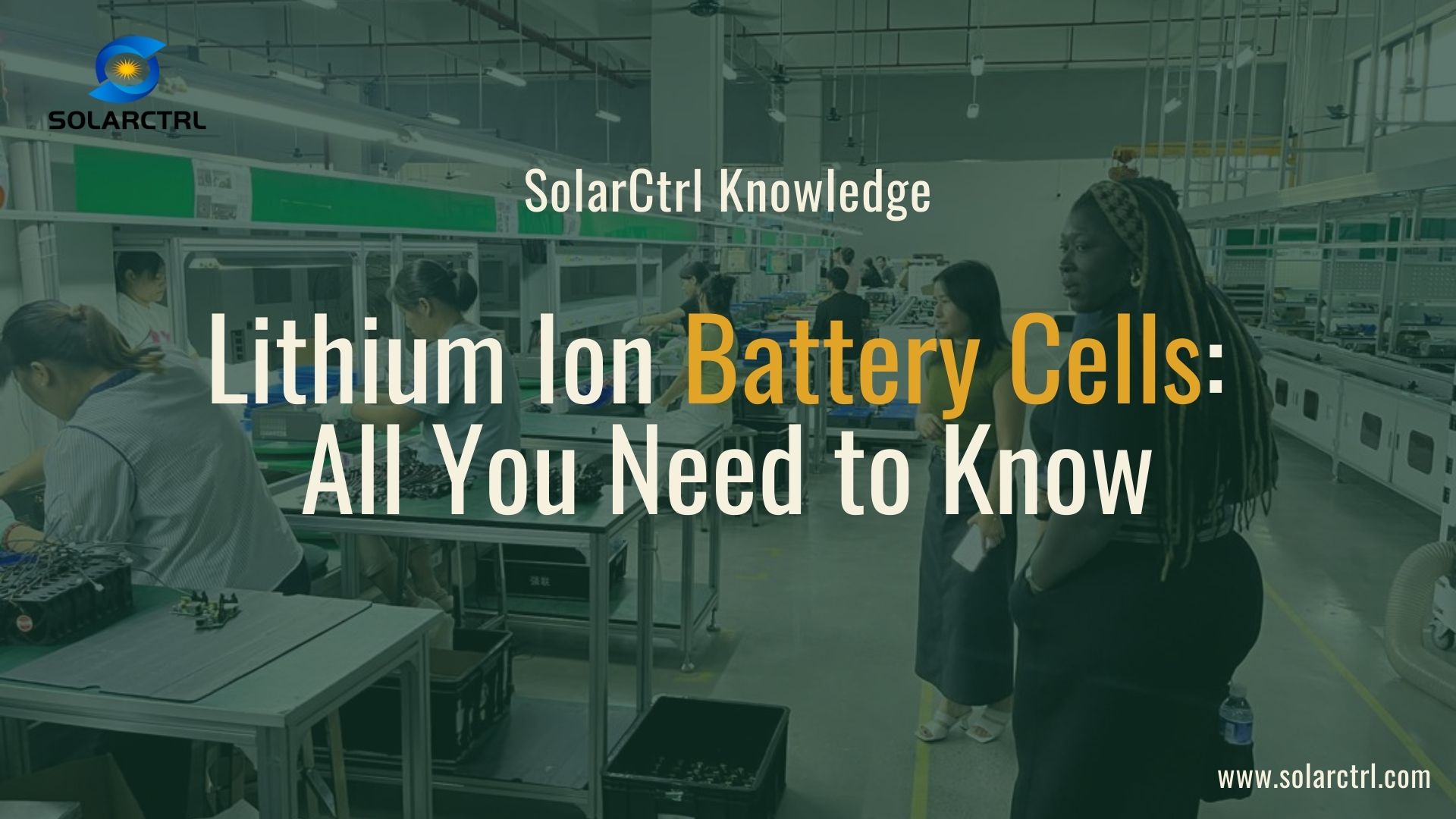
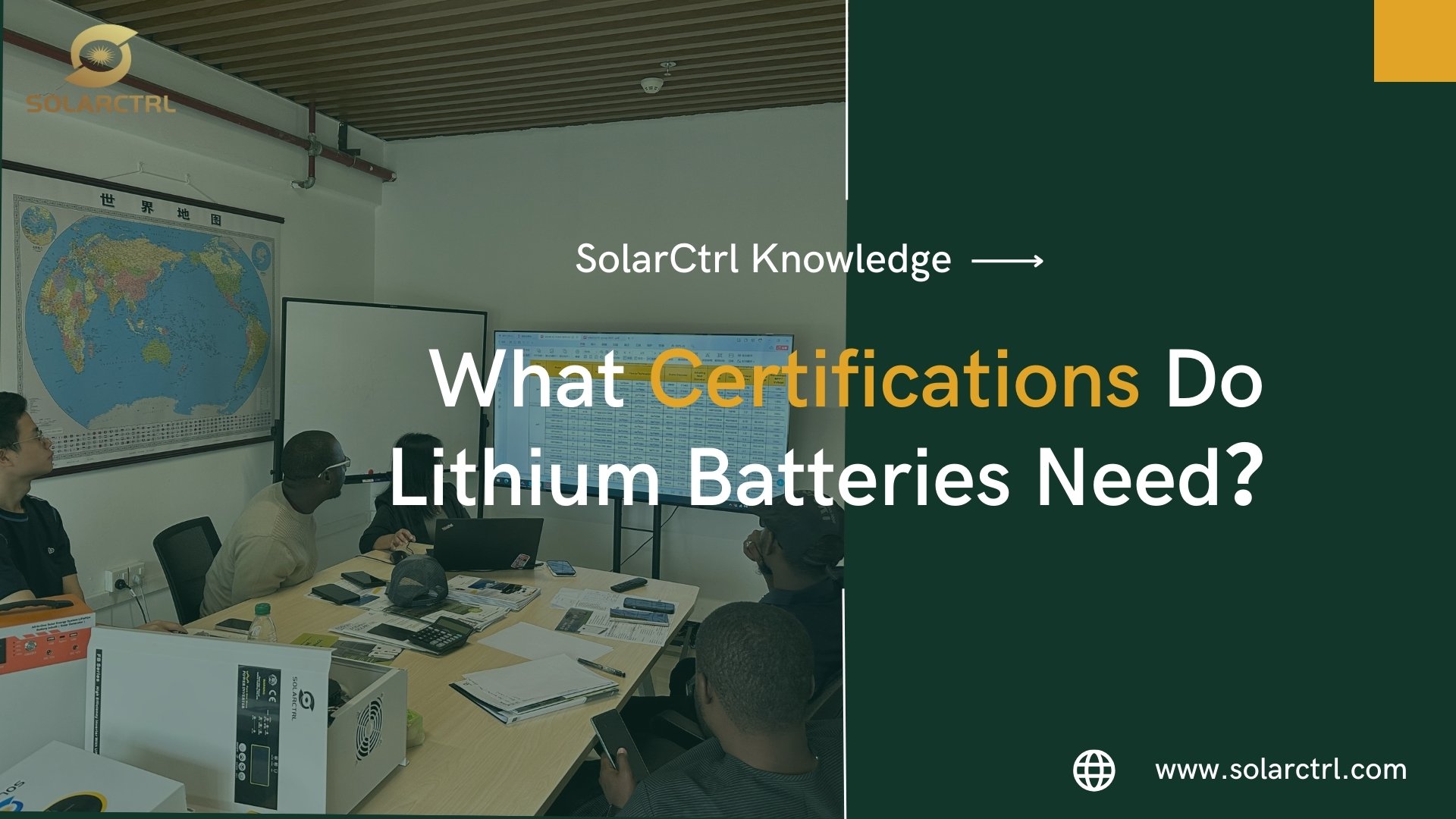
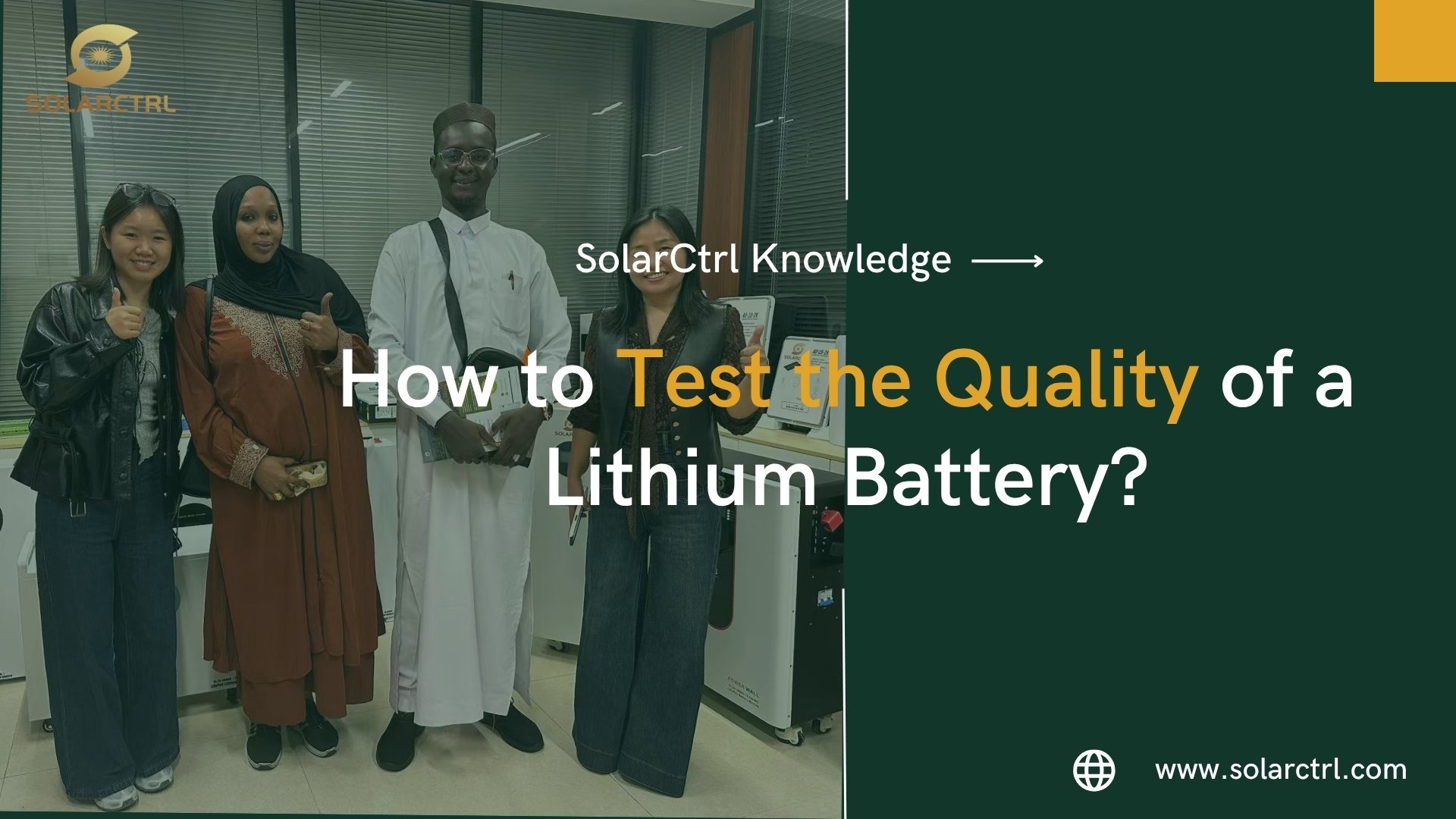









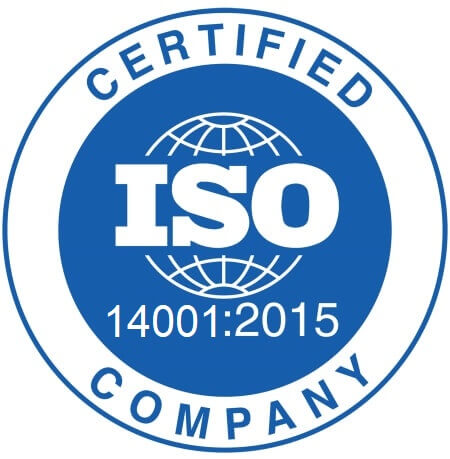

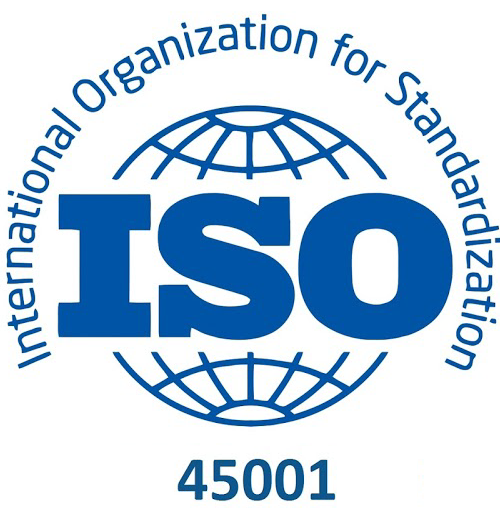

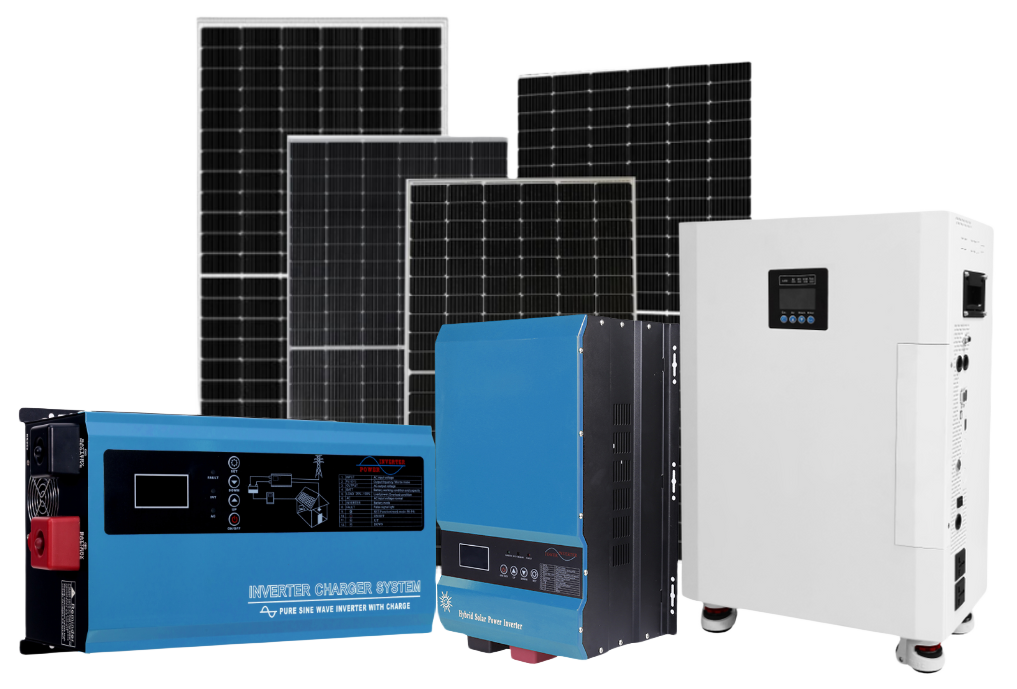

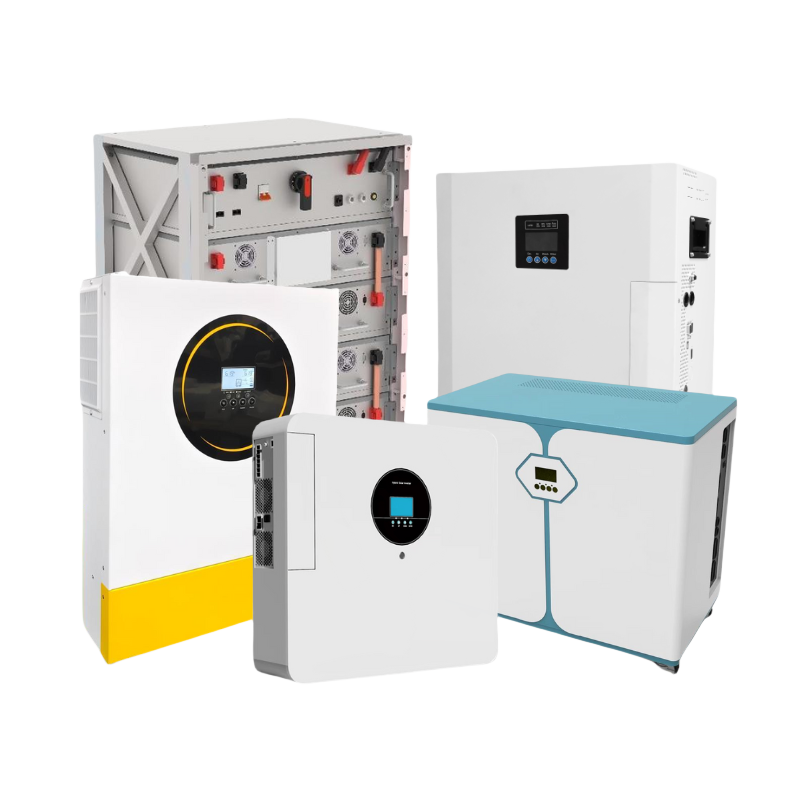
One Response
Excellent 👍 information, very impressive and informative. thanks for sharing this valuable article ma’am.